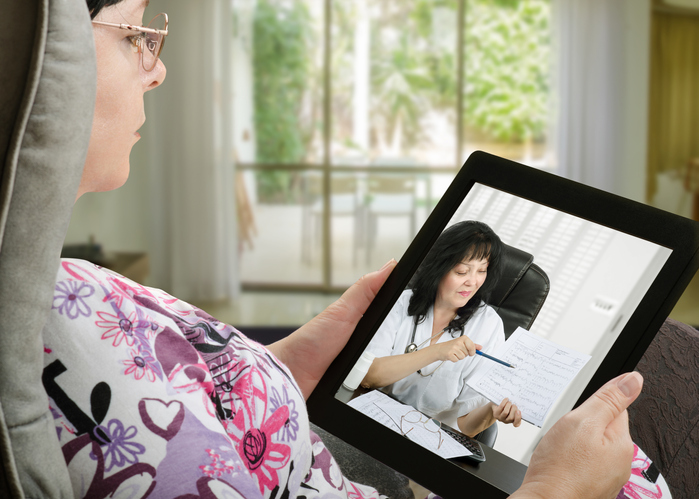Whether you’re taking advantage of telehealth appointments because of the COVID-19 outbreak or for the convenience they offer, visiting your doctor virtually can take some getting used to. Here’s what you can do to get the most out of your telehealth appointments.
First things first, if you don’t have a primary care provider, get one. Many doctor’s offices are allowing new patients to have their first appointments virtually and then when it’s safe to do so, come in for an in-person visit.
Treat an emergency as such: Pandemic or no, an emergency is still an emergency. And for these things — like sudden chest pain, trouble breathing, uncontrollable bleeding, numbness or weakness in a part of the body — you still need to be seen in person in an emergency department.
If you have an urgent matter that’s not an emergency, call your primary care doctor first. They can advise you on whether they can see you virtually or if you should go to an urgent care center. Before you call, make a list of your concerns, your symptoms and the date of onset.
Make a list: Similar to what you would do when seeing a new doctor or a specialist, make a list of two or three issues you want to discuss. Experts note that it’s easy for patients to lose their train of thought on a video or phone consultation. Try asking yourself “Why do I need to be seen today?” and “What is my biggest priority?”
Address routine issues before your appointment: These include things like medication refills or paperwork needed by an employer. Most doctor’s offices have online patient portals, which are great places to easily address these issues. Though some doctor’s offices are beginning to lighten COVID-19 restrictions, it still may be wise to request a few months’ worth of medication.
Call from a quiet location: Try to find a quiet area of your home to take your doctor’s call. If you’re using a telemedicine app or other software, give it a try before your appointment to make sure you have everything you need for things to run smoothly.
Have equipment on hand: Have any equipment you regularly use or your doctor has requested on hand. This could include things like an oral thermometer, a glucose meter, or a blood pressure cuff.
Be prepared for an in-person visit: Sometimes an in-person visit is best and most doctor’s offices are still seeing non-COVID-19 patients. If you have a complex issue that needs to be examined by a physician, like you’re having trouble walking after a fall, or if you’ve been vomiting and are dehydrated, for example, it’s best to be examined in person.
Whether you’re seeing your doctor virtually or in-person, it’s best to still call ahead before scheduling an appointment, and to call when you have any questions or concerns about your condition.











